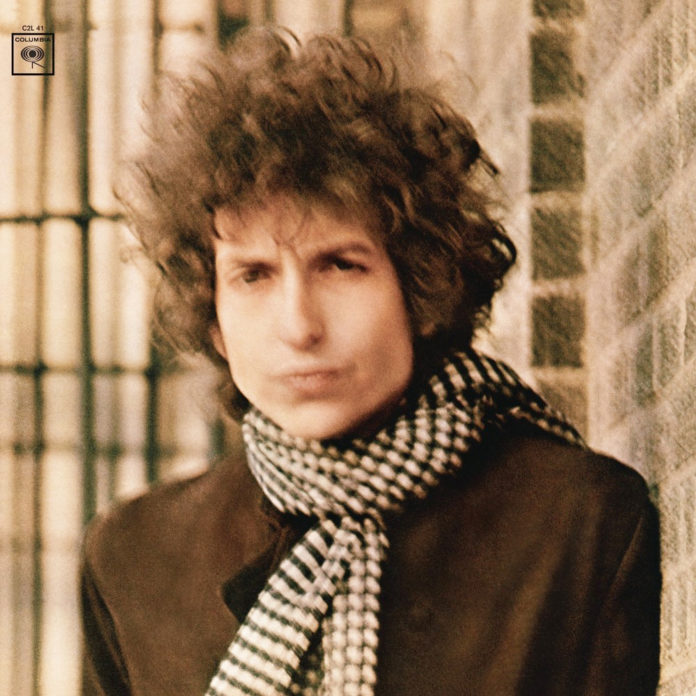When it comes to iconic albums, Bob Dylan’s Blonde on Blonde is a milestone not just in his career but in the history of music. Released as a double album on June 20, 1966, it was a daring, genre-defining work that married rock and roll with poetic lyricism. While its reputation as one of the greatest albums of all time is well-earned, there are still mysteries and tidbits that even die-hard fans may not know. Here are five lesser-known facts that make Blonde on Blonde even more fascinating.
1. The Mysterious Album Release Date
For decades, fans and historians alike celebrated May 16, 1966, as the official release date of Blonde on Blonde. However, the true date—unearthed years later—was actually June 20, 1966. This discrepancy arose partly because of conflicting promotional materials and misreported timelines. The confusion is fitting for an album as layered and enigmatic as Dylan’s music itself!
2. An Unplanned Album Cover
The iconic blurred cover photo of Blonde on Blonde wasn’t a carefully curated artistic decision—it was a happy accident. Photographer Jerry Schatzberg captured Dylan outside in the cold, and the blur was simply the result of an unsteady camera and shivering hands. Dylan loved the imperfection, seeing it as a metaphor for the hazy, dreamlike quality of the album.
3. The Nashville Sessions Were a Gamble
Dylan’s frustration with his New York recording sessions was palpable. Only one song from the New York recordings made it onto the album: “One of Us Must Know (Sooner or Later).” Producer Bob Johnston suggested moving to Nashville—a bold choice that paid off. The expertise of Nashville’s session musicians infused the album with its distinctive sound, blending Dylan’s lyrical genius with the precision of country rock instrumentation.
4. A Historic Double Album Feat
While double albums are now common, Blonde on Blonde was a trailblazer. It’s widely regarded as rock’s first double album by a major artist. Dylan’s wealth of material made this format essential, showcasing a breadth of creativity that couldn’t be contained within a single LP.
5. The Evolution of “Sad Eyed Lady of the Lowlands”
Clocking in at over 11 minutes, “Sad Eyed Lady of the Lowlands” was not only groundbreaking in length but also in its improvisational creation. Dylan spent eight hours writing the song in the studio while the musicians played cards and waited for him. What emerged was a sprawling, hypnotic tribute to his wife, Sara Lownds, capturing the album’s romantic and surreal essence.
Blonde on Blonde remains a marvel, not just for its music but for the stories and mysteries surrounding its creation. From blurred album covers to misreported release dates, these lesser-known facts add new dimensions to our understanding of Dylan’s masterpiece. Whether you’re hearing it for the first or hundredth time, this is an album that keeps revealing itself—just like Dylan’s ever-evolving artistry. So, what’s your favorite track from Blonde on Blonde? Let us know in the comments!







